That John Carpenter’s 1978 Halloween is the best movie in the franchise is a fact barely anyone disputes (there’s always a few that attempt and fail to argue against this). Part II is generally considered a good follow up that sacrifices a bit of the psychological horror of the first film for more slasher action, and Halloween: Season of the Witch is just the odd one out for ditching Michael Myers for an original story about masks.
When Halloween 4: The Return of Michael Myers came out in 1988, people expected a return to form. Michael, sharp knives, and a final girl. What they got instead was a direct sequel to Halloween II that dared to take a big swing at the foundational mythos for something entirely new.

Directed by Dwight H. Little, the movie picks up ten years after the explosion at Haddonfield Memorial Hospital that initially led audiences to believe that both Michael and Dr. Loomis (Donald Pleasance) perished in it. The ending of Halloween II was intended to serve as an end point for the Myers saga, hence the Myers-less Halloween III. That is, until the prospect of future profits revived two of the three pillars that sustain the franchise for another entry (Jamie Lee Curtis’s Laurie Strode being the third pillar).
Michael’s been in a comatose state for those ten years when he suddenly wakes up and starts on a blood-soaked journey back to Haddonfield. Loomis, who is now scarred and battle-damaged, learns of Michael’s return and decides to head to the place where it all began as well. This time around, The Shape is after another member of the Strode family, his niece Jamie Lloyd (Danielle Harris). Laurie is revealed to be dead early on, leaving her daughter Jamie under the care of a foster family. Jamie’s foster sister Rachel Carruthers (Ellie Cornell) takes on the role of final girl.
What sets Halloween 4 apart is its focus on myth expansion. Jamie is key here. Early on, she’s shown suffering through nightmares where Michael is coming for her. Just why she’s having these night terrors is a mystery, but the movie does a good job of dropping hints along the way (some of them clever nods to Carpenter’s classic). Without spoiling too much, let’s just say this movie makes David Gordon Green’s new Halloween trilogy look way less inventive and original than it portends to be, especially when it comes to Halloween Kills and Halloween Ends.
The family connection between Michael, Laurie, and her kid is solidified here in a way that should’ve taken future sequels into uncharted territory. The ending alone deserves to be discussed more not just for the implications it held for the franchise but as an example of what long-standing movie series could do to breathe new life into their worlds. It’s just sad that Halloween 5 went on to squander all of this for a cheap cash-in.

Halloween 4 is a movie of possibilities. It showed just how far ahead it was as a concept in an arena that was already saturated with slasher sequels. Neither Friday the 13th nor Nightmare on Elm Street have an entry that entertain the possibility of altering the very fabric of its franchise. Of the big ones, only Halloween dared take that step with part 4. Ironically, it was the film’s direct follow-up that stopped creativity dead in its tracks. Thankfully, The Return of Michael Myers can be appreciated as the unofficial end of a trilogy that skips Season of the Witch to give The Shape an even more definitive farewell. And it did so while also attempting to usher in a new era for the Halloween franchise.



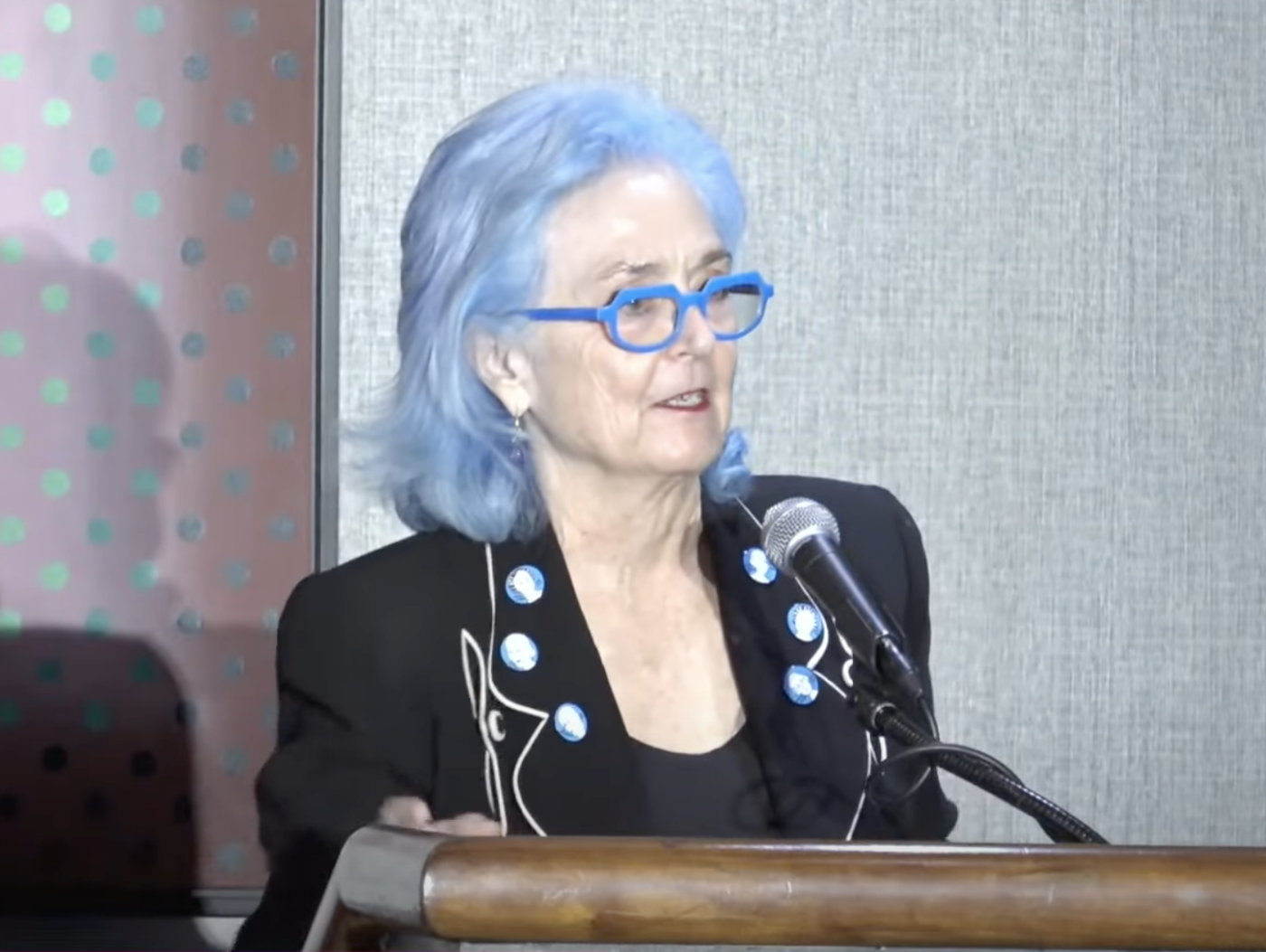
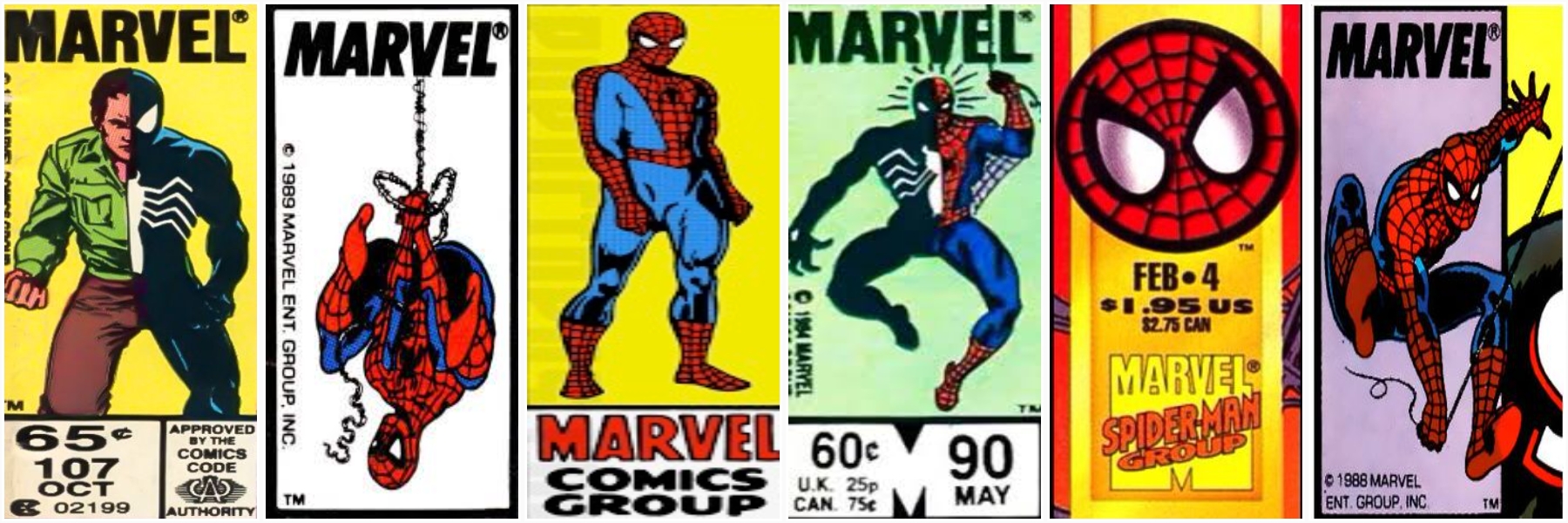





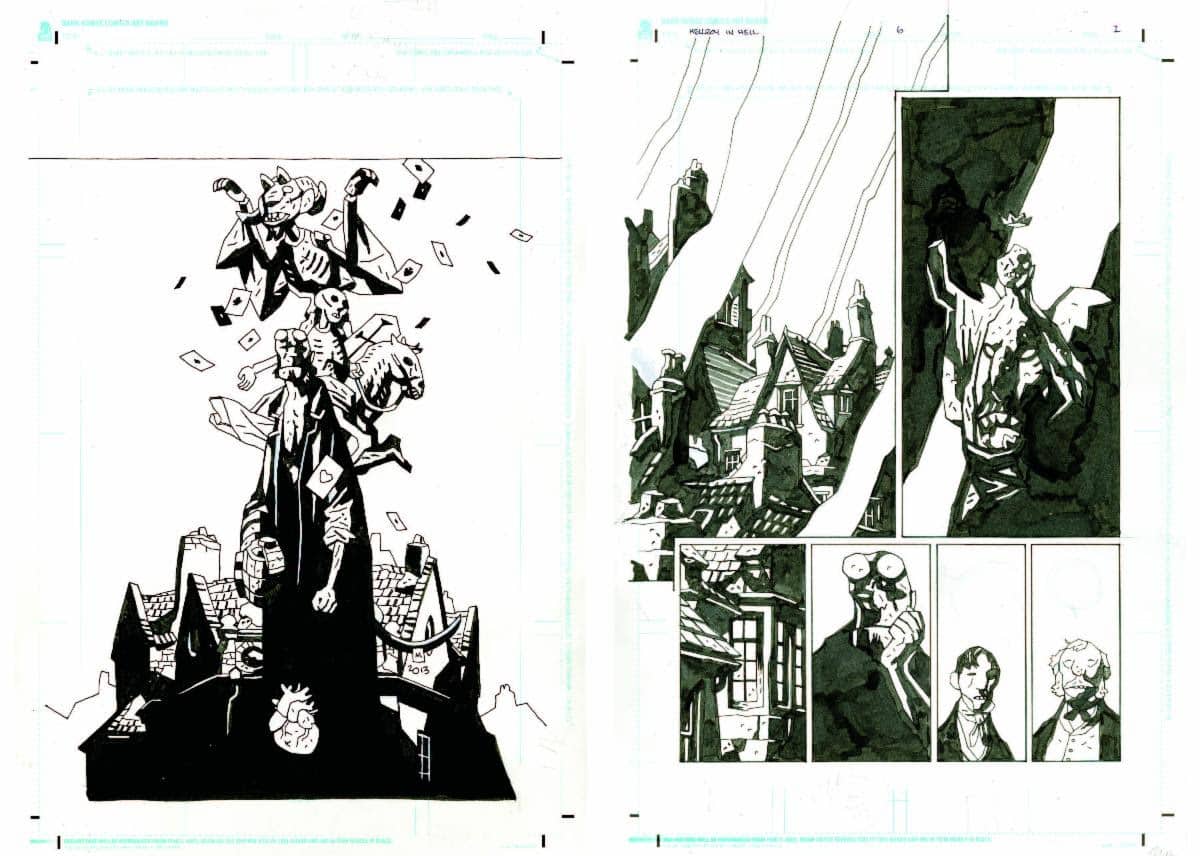




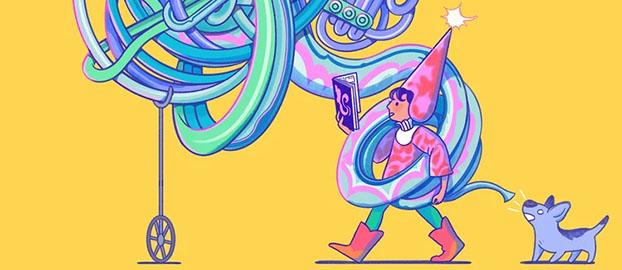
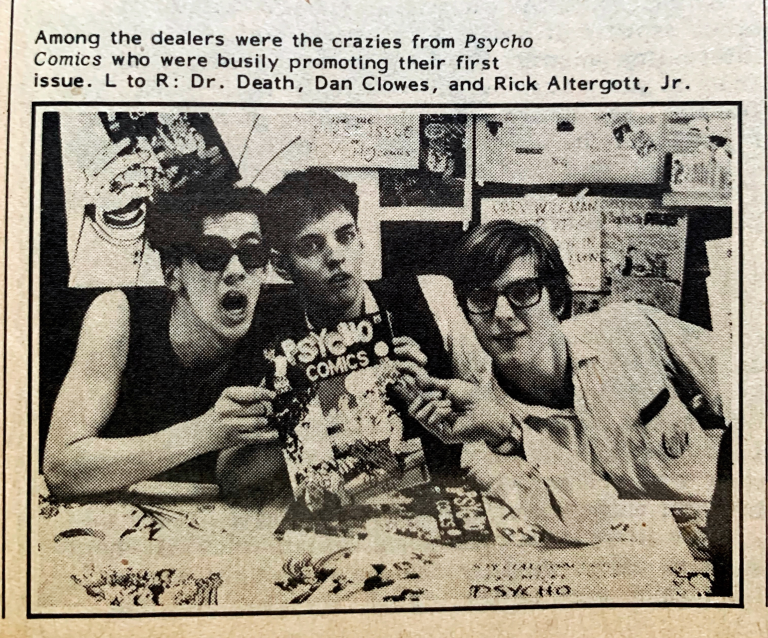

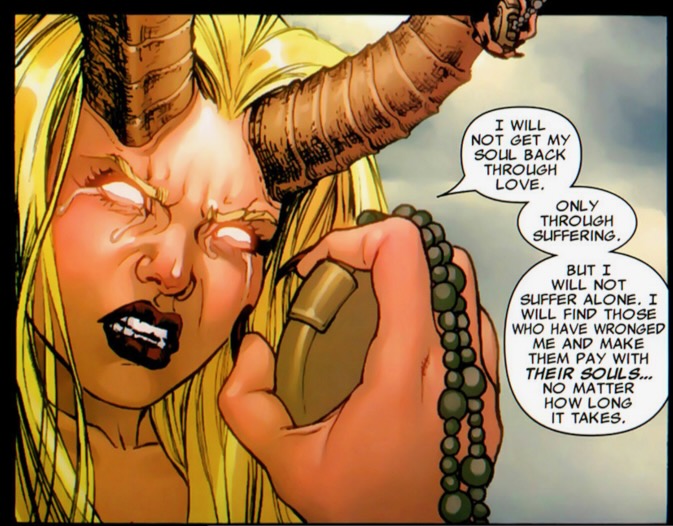


 English (US) ·
English (US) ·